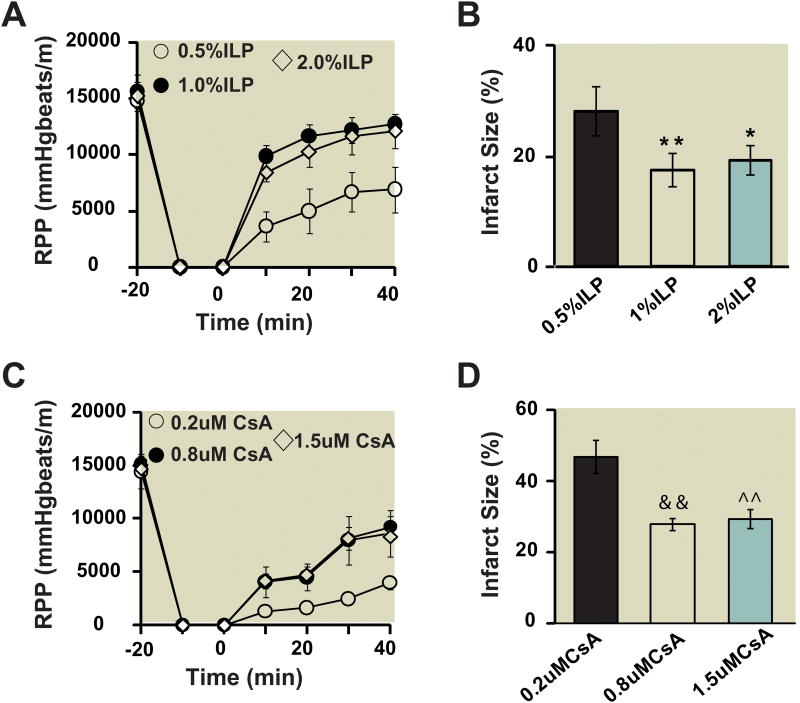Figure 6. Post-ischemic treatment of intralipid and cyclosporine-A decreases cardiac reactive oxygen species generation as well as mitochondrial superoxide production.
A. Representative dihidroethidium staining of transverse heart sections subjected to 20min of global ischemia followed by 5min reperfusion with phosphate buffered saline (control group, CTRL) (black), 1% intralipidgroup(ILP) (red) and 1.5 μM cyclosporine-A group(CsA)(blue). B. Fluorescence quantification of dihydroethidium (DHE) staining: average intensity represents area×fluorescence intensity and is normalized to CTRL (**p<0.001 vs. CTRL, n=3). C. Superoxide production in isolated mitochondria using electron spin resonance in CTRL (black), 1% intralipid (red) and 1.5 μMcyclosporine-A group(blue). **p=0.005 ILP vs. CTRL; *p=0.041 CsA vs. CTRL (n=4).

